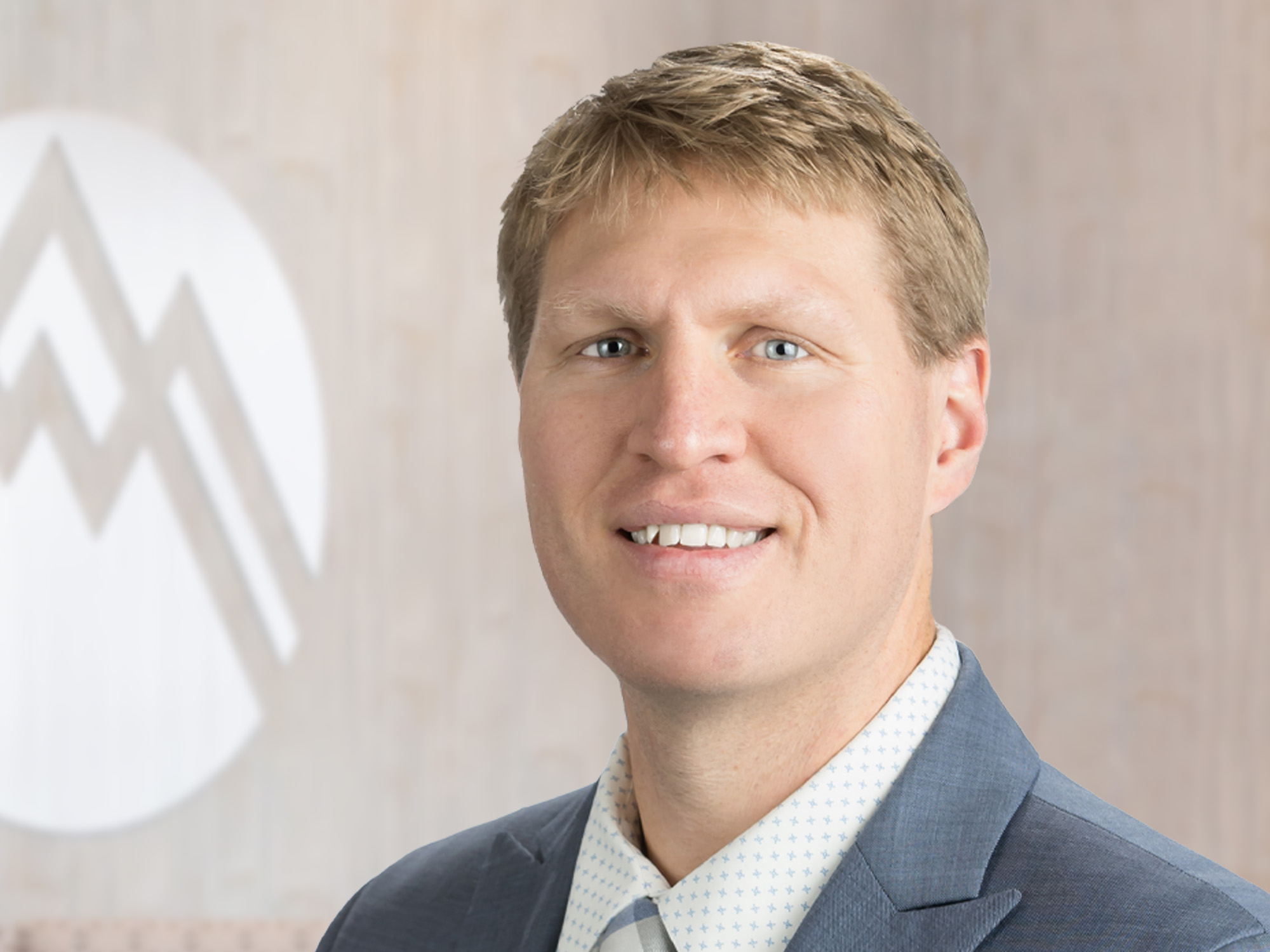I’m Grant Kohnen, and I’m a senior forward at East Ridge High School wearing number 11. I started skating when I was two, never stopped, never took a year off, anything like that. Played year-round my whole life. I got hit during a game on January 6th, playing against our rivals, Woodbury. I mean, I’d been hit before and stuff like that. I kind of knew something was different, but I didn’t want to put that out there. I wanted to keep playing. When I got to the locker room and took my shoulder pads and jersey off and kind of saw my AC joint popped up, I was like a little, little concerned. But, I mean, still I wanted to play. The initial diagnosis was a separated shoulder. I wore a sling for a week or two weeks and then went through physical therapy with my trainer at school. It was about a three-, three-and-a-half-week thing. I came back and played the remaining eight games left. From what we knew at the time, there was nothing else wrong. After the season ended, my range of motion was getting significantly worse as the days went on. I was losing muscle and so then kind of talked to my parents and just said, “Listen, I don’t, it doesn’t feel right.” – Grant had a fracture of what’s called the coracoid process. It’s the small protrusion in front of your shoulder. It’s reasonably uncommon injury, but most of which heal up very well on their own nonoperatively. So at this point, he was already more than three months out from the injury with really no radiographic evidence of any sort of healing and there’s probably too much motion at that site. So at that time we talked about, you know, considering just completely shutting him down from all activities for another six weeks or so and see if this would heal on its own or with consideration of adding some fixation across the fracture surgically to provide more stability to aid in its healing. Grant elected to proceed with surgery. It was something we were able to do arthroscopically, so a few poke holes around the shoulder. Basically cleaned up the fracture site and then a single kind of large screw that went right across the coracoid and stabilized that area, packed a little bone graft into that area as well. After surgery, he did go into a sling. He was in that for six weeks, really, to let things just kind of heal up. And at that point we began some therapy. – Upon his post-op recovery is when Dr. Pepin referred Grant to me to start working on the post-op rehab part of his shoulder recovery. So he was basically immobilized in a sling for six weeks because we usually believe it takes about six weeks for bone fractures to heal. And so that’s when Grant was referred to me so we could start getting back his mobility, we could start working back range of motion to the shoulder, we could start working on strength to the upper extremity in general. So that’s the process that started to happen, from stretching, strengthening exercises and then ultimately, eventually progressing back to sport-specific training. Grant did great. He, you know, returned back to full games by three months. – It’s been really great being able see Grant back on the ice. I just saw him a weekend ago. He was in his game. He actually scored a hat trick in one of their varsity games. This is kind of the epitome of sports medicine, where you really have the patient that comes in, they have an injury, and whether it’s operative or nonoperative that you can treat them, you know, the patient gets better and they’re back doing their sport, their activity at their top ability. And it’s just really rewarding to see that. – [Grant] I would just like to thank him for what he did. He did a great job. I’m back to normal and back to doing the thing I love, so props to him.
|
Patient Story
